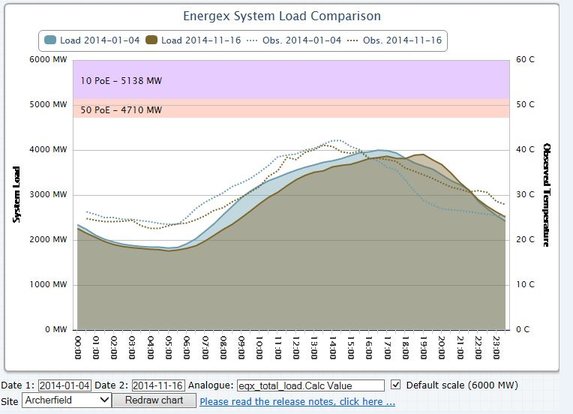The combination of a sweltering November heatwave and rooftop solar helped shift south-east Queensland’s electricity peaks into to the evening last week.
At the height of the heatwave that hit Brisbane and surrounds during the final day of the G20 meeting last Sunday, the residential load was heavy as nine out of 10 of Queensland households turned on air-conditioning.
But data from energy utility Energex shows that, a thanks to nearly 900MW of rooftop solar capacity on the south-east Queensland utility’s network, the electricity peak was pushed from its usual time of around 4pm to 7pm. With both the height and the length of the peak reduced, this has changed the equation for generators who once relied on big peaks – and very high prices – to provide a big slice of their annual revenue (some 25 per cent in just 36 hours of peak power according to some calculations).
But while rooftop solar succeeded in delaying the absolute peak, it did not remove it – highlighting, also, a new challenge for the grid. Once households can cheaply and easily install battery storage, the equation will change again, dramatically, and servicing power generation peaks will no longer be a massive cost burden for utilities – and consumers. 
© 2014 Solar Choice Pty Ltd